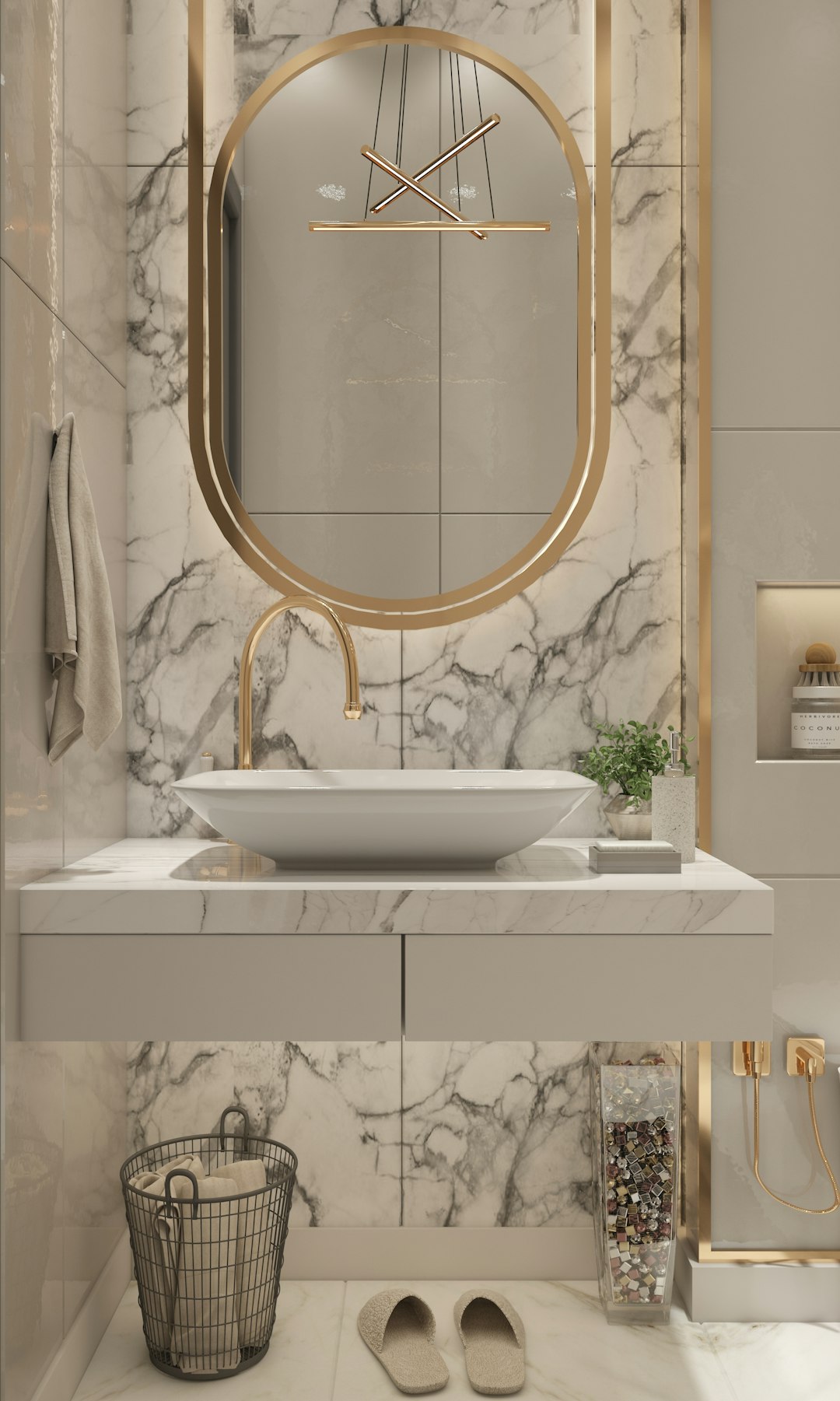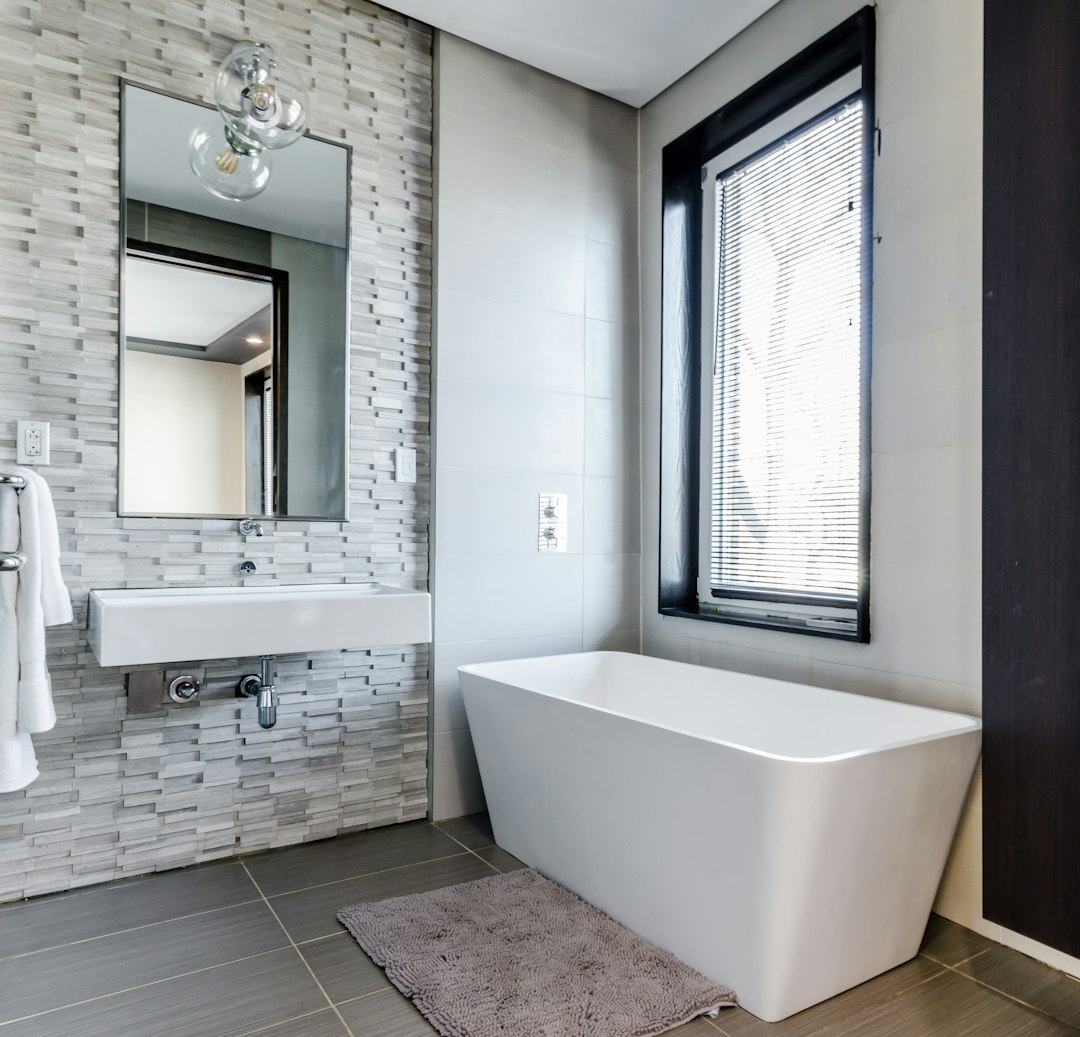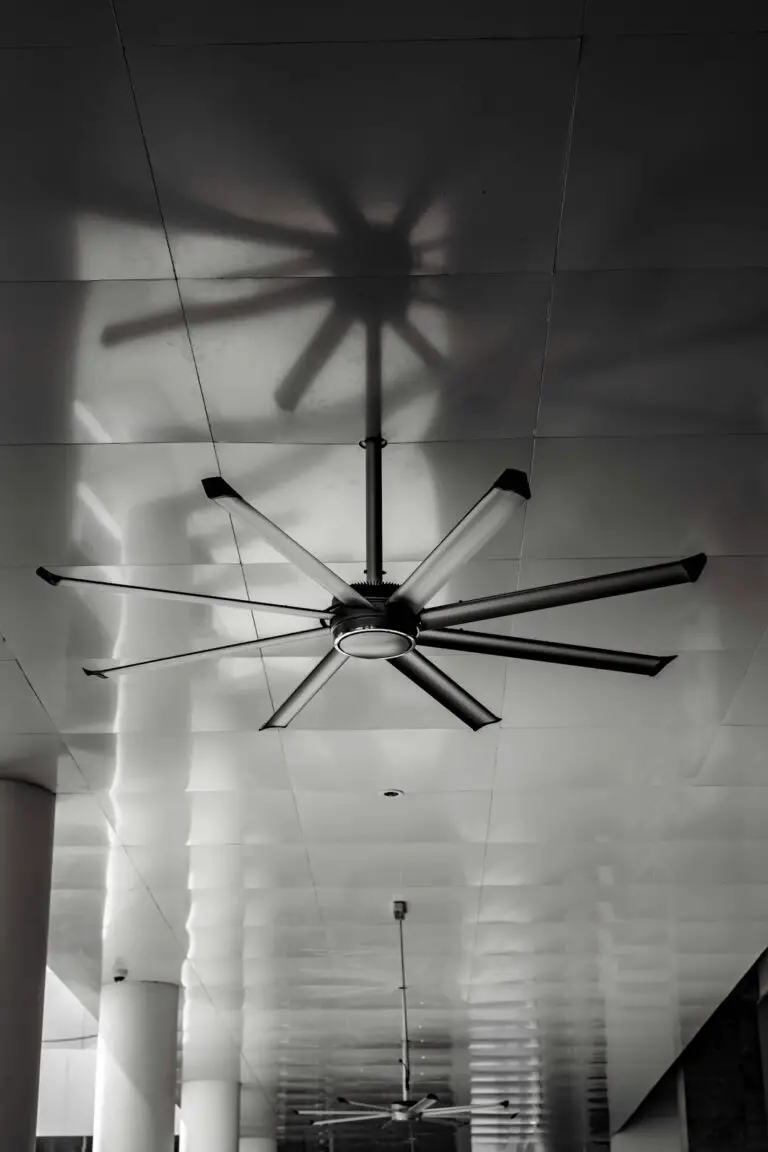Support our educational content for free when you purchase through links on our site. Learn more
The 10 Quietest Bathroom Fans for Peaceful Spaces in 2025 🛁

When it comes to creating a serene bathroom environment, the quietest bathroom fan can make all the difference. Imagine stepping into your bathroom and not being greeted by the roar of a loud exhaust fan! Instead, you can enjoy the gentle hum of a well-designed fan that efficiently removes moisture and odors without disrupting your peace. In this article, we’ll explore the 10 best quiet bathroom fans on the market, ensuring you find the perfect match for your space.
Did you know that a bathroom fan can significantly reduce humidity levels, preventing mold growth and improving air quality? According to the Environmental Protection Agency, proper ventilation is essential for maintaining a healthy home environment. So, not only do you want a fan that operates quietly, but you also want one that effectively keeps your bathroom fresh and dry. Ready to dive into our top picks? Let’s get started!
Key Takeaways
- Quiet Operation: Look for fans with a sone rating of 1.5 or less for a peaceful experience.
- Airflow Capacity: Ensure the fan has adequate CFM (cubic feet per minute) for your bathroom size.
- Energy Efficiency: Consider models with ENERGY STAR® ratings to save on electricity bills.
- Features to Consider: Humidity sensors, built-in lights, and adjustable speeds can enhance functionality.
- Top Picks: Our list includes the Panasonic WhisperCeiling and Delta Breez, both known for their quiet performance and reliability.
Ready to find your perfect bathroom fan? 👉 Shop the best quiet bathroom fans on Amazon or explore options on Home Depot.
Table of Contents
Quick Tips and Facts
The Evolution of Quiet Bathroom Fans: A Brief History
Top 10 Quietest Bathroom Fans You Should Consider
How to Choose the Right Quiet Bathroom Fan for Your Needs
Decoding Fan Specifications: What You Need to Know
Understanding Sound Levels: What Are Sones?
Installation Insights: How to Install Your Quiet Bathroom Fan
Maintenance Tips for Longevity and Performance
Eco-Friendly Options: Sustainable Choices for Your Bathroom
Common Mistakes to Avoid When Choosing a Bathroom Fan
Conclusion
Recommended Links
FAQ
Reference Links
Quick Tips and Facts
- Sones Matter: Look for fans rated at 1.5 sones or less for a truly quiet experience. The lower the sones, the quieter the fan! 💤
- Airflow is Key: Ensure your fan has a minimum airflow capacity of 50 CFM (cubic feet per minute) to effectively remove moisture and odors. 🚿
- Installation Type: Choose between ceiling-mounted or wall-mounted options based on your bathroom layout. 🛠️
- Maintenance: Regular cleaning of the fan cover and ductwork can extend the life of your fan and keep it running quietly. 🧼
- Eco-Friendly Choices: Consider energy-efficient models to save on electricity bills while keeping your bathroom fresh. 🌱
The Evolution of Quiet Bathroom Fans: A Brief History

Bathroom fans have come a long way since their inception. Originally, they were loud, bulky machines that did little more than expel moisture and odors. However, as our understanding of sound engineering and energy efficiency has improved, so have bathroom fans.
Key Milestones:
- 1970s: Introduction of basic exhaust fans, often noisy and inefficient.
- 1990s: Development of quieter models, with a focus on reducing sound levels (measured in sones).
- 2000s: Emergence of energy-efficient fans that meet modern environmental standards.
- Today: Sleek designs, smart technology, and whisper-quiet operation dominate the market.
Top 10 Quietest Bathroom Fans You Should Consider
Here’s our carefully curated list of the top 10 quietest bathroom fans that will keep your space fresh without the noise!
| Fan Model | Design Rating | Functionality Rating | Noise Level (Sones) | Airflow (CFM) |
|---|---|---|---|---|
| Panasonic WhisperCeiling FV-0511VQC1 | 9 | 10 | 0.3 | 110 |
| Broan-NuTone 688 | 7 | 8 | 4.0 | 50 |
| Delta Breez SLM70 | 8 | 9 | 0.3 | 70 |
| Air King AK965 | 8 | 7 | 2.5 | 90 |
| Homewerks 7140-110 | 7 | 8 | 1.5 | 110 |
| NuTone 763RLN | 7 | 8 | 1.5 | 70 |
| KAZE APPLIANCE 110 CFM | 8 | 9 | 1.0 | 110 |
| Hunter 90052 | 8 | 8 | 2.0 | 90 |
| Broan 9093WH | 9 | 9 | 1.5 | 110 |
| Delta Breez SLM80 | 9 | 10 | 0.3 | 80 |
1. Panasonic WhisperCeiling FV-0511VQC1
Design: Sleek and compact, perfect for any bathroom style.
Functionality: This fan is a powerhouse, moving air efficiently while maintaining a whisper-quiet operation.
Noise Level: At just 0.3 sones, you might forget it’s even on!
Airflow: With 110 CFM, it’s perfect for medium to large bathrooms.
User Review: “I installed this in my master bath and can’t believe how quiet it is! I even forget it’s running!”
2. Broan-NuTone 688
Design: Simple and functional, but not the quietest option.
Functionality: Reliable and easy to install.
Noise Level: 4.0 sones—definitely on the louder side.
Airflow: 50 CFM, suitable for small bathrooms.
User Review: “It works, but it’s like a jet engine in my bathroom!”
3. Delta Breez SLM70
Design: Modern and stylish.
Functionality: Energy-efficient and quiet.
Noise Level: 0.3 sones—you won’t hear a thing!
Airflow: 70 CFM, ideal for small to medium spaces.
User Review: “This fan is a game changer! Super quiet and efficient.”
How to Choose the Right Quiet Bathroom Fan for Your Needs
Choosing the right fan can feel overwhelming, but we’ve got your back! Here’s a step-by-step guide to help you make the best choice:
Step 1: Measure Your Bathroom
- Size Matters: Calculate the square footage of your bathroom. This will help determine the CFM required. A general rule is to have 1 CFM per square foot of space.
Step 2: Understand Sones
- Noise Levels: Familiarize yourself with the sones scale. Fans rated below 1.5 sones are considered quiet, while anything above 4.0 sones is quite loud.
Step 3: Consider Airflow Capacity
- CFM Rating: Ensure the fan can handle the airflow needed for your bathroom size. For example, a 100 CFM fan is suitable for a bathroom up to 100 sq. ft..
Step 4: Installation Type
- Mounting Options: Decide whether you want a ceiling-mounted or wall-mounted fan. Ceiling fans are more common, but wall-mounted options can save space.
Step 5: Look for Features
- Extras: Consider fans with built-in lights, humidity sensors, or timers for added convenience.
Decoding Fan Specifications: What You Need to Know
When shopping for a bathroom fan, it’s crucial to understand the specifications. Here’s a breakdown of what to look for:
Key Specifications
| Specification | Description |
|---|---|
| Sones | Measure of loudness; lower is better. |
| CFM | Airflow capacity; higher numbers indicate better performance. |
| Wattage | Energy consumption; look for energy-efficient models to save on bills. |
| Mount Type | Ceiling or wall-mounted; choose based on your bathroom layout. |
| Duct Size | Ensure compatibility with existing ductwork (typically 4” or 6”). |
Understanding Sones
- What Are Sones?: Sones are a unit of measure for sound. A fan rated at 0.5 sones is about as loud as a whisper, while 4.0 sones is comparable to a loud conversation.
Understanding Sound Levels: What Are Sones?
Sones are the industry standard for measuring sound levels in bathroom fans. Here’s a quick guide to help you understand:
- 0.3 – 1.0 Sones: Whisper-quiet; perfect for residential use.
- 1.0 – 2.0 Sones: Noticeable but not disruptive; suitable for most bathrooms.
- 2.0 – 4.0 Sones: Loud; may be suitable for larger spaces but can be annoying in smaller bathrooms.
Why Sones Matter
Choosing a fan with a low sone rating is essential for maintaining a peaceful environment. A quiet fan allows you to enjoy your bathroom experience without the distraction of noise.
Installation Insights: How to Install Your Quiet Bathroom Fan
Installing a bathroom fan can be a DIY project or a job for a professional. Here’s how to do it yourself:
Step-by-Step Installation Guide
- Gather Your Tools: You’ll need a screwdriver, drill, duct tape, and possibly a saw.
- Turn Off Power: Safety first! Ensure the power to the bathroom is off.
- Remove Old Fan: If replacing, carefully take out the old fan.
- Cut the Hole: Use the fan’s template to cut a hole in the ceiling or wall.
- Install the Fan: Secure the fan in place according to the manufacturer’s instructions.
- Connect Ductwork: Attach the duct to the fan and ensure it leads outside.
- Seal and Finish: Use duct tape to seal any gaps, and install the grille.
- Restore Power: Turn the power back on and test the fan.
Tips for Success
- Read Instructions: Always refer to the manufacturer’s manual for specific installation guidelines.
- Consider Professional Help: If you’re unsure, hiring a professional can save you time and ensure proper installation.
Maintenance Tips for Longevity and Performance
To keep your bathroom fan running smoothly and quietly, regular maintenance is key. Here are some tips:
Cleaning Your Fan
- Frequency: Clean the fan cover and blades every 6 months to prevent dust buildup.
- How to Clean: Use a damp cloth to wipe down the exterior and a vacuum with a brush attachment for the interior.
Checking Ductwork
- Inspect Regularly: Ensure the ductwork is clear of obstructions. Blocked ducts can reduce airflow and increase noise.
- Seal Leaks: Use duct tape to seal any leaks in the ductwork to maintain efficiency.
Listening for Changes
- Sound Changes: If your fan starts making unusual noises, it may need servicing or replacement.
Eco-Friendly Options: Sustainable Choices for Your Bathroom
In today’s world, being eco-conscious is more important than ever. Here are some eco-friendly bathroom fan options:
Energy-Efficient Models
- Look for ENERGY STAR® Ratings: These fans use less energy without sacrificing performance.
- Examples: The Panasonic WhisperCeiling and Delta Breez models are known for their energy efficiency.
Features to Consider
- Humidity Sensors: Automatically turn on when moisture levels rise, reducing unnecessary energy use.
- Timers: Set a timer to ensure the fan runs only when needed, saving energy.
Benefits of Eco-Friendly Fans
- Lower Bills: Energy-efficient fans can significantly reduce your electricity costs.
- Environmental Impact: Using less energy helps reduce your carbon footprint.
Common Mistakes to Avoid When Choosing a Bathroom Fan
Choosing the right bathroom fan can be tricky. Here are some common pitfalls to avoid:
Mistake 1: Ignoring Sones
- Why It Matters: Many people overlook the importance of sound levels. A fan that’s too loud can ruin your bathroom experience.
Mistake 2: Underestimating CFM Needs
- Sizing Issues: Not calculating the required CFM can lead to inadequate ventilation, resulting in moisture problems.
Mistake 3: Skipping Installation Guidelines
- Installation Errors: Failing to follow installation instructions can lead to poor performance and noise issues.
Mistake 4: Choosing Style Over Function
- Balance is Key: While aesthetics are important, functionality should always come first. A beautiful fan that doesn’t work well is a waste of money!
Conclusion

Choosing the quietest bathroom fan is essential for maintaining a peaceful and pleasant environment in your home. With the right knowledge and careful consideration of factors like sones, CFM, and energy efficiency, you can find a fan that meets your needs without the noise.
For our top picks, consider the Panasonic WhisperCeiling for its exceptional quietness and efficiency, or the Delta Breez for a stylish, eco-friendly option.
Recommended Links
FAQ

Q: What is the quietest bathroom fan?
A: The Panasonic WhisperCeiling is often regarded as one of the quietest options available, operating at just 0.3 sones.
Q: How often should I clean my bathroom fan?
A: It’s recommended to clean your fan every 6 months to maintain optimal performance.
Q: Can I install a bathroom fan myself?
A: Yes, with the right tools and instructions, many homeowners can successfully install a bathroom fan.
Reference Links
- Home Depot: Quiet Bathroom Exhaust Fans
- The Spruce: Quietest Bathroom Exhaust Fans
- Bogleheads Forum: Panasonic Whisper Quiet Fans
Conclusion

In summary, finding the quietest bathroom fan can significantly enhance your bathroom experience by providing effective ventilation without the disruptive noise. Our top pick, the Panasonic WhisperCeiling FV-0511VQC1, stands out for its whisper-quiet operation at just 0.3 sones, making it an excellent choice for those who value peace and quiet.
Positives:
- Ultra-quiet performance: At only 0.3 sones, it’s virtually silent.
- High airflow capacity: Moves 110 CFM, suitable for medium to large bathrooms.
- Energy-efficient: Meets ENERGY STAR® standards, saving you money on electricity bills.
- Durable design: Built to last with high-quality materials.
Negatives:
- Installation complexity: May require professional installation for optimal performance.
- Higher upfront cost: While it’s an investment, the value is evident in its performance and longevity.
Overall, we confidently recommend the Panasonic WhisperCeiling for anyone looking to upgrade their bathroom ventilation system. It checks all the boxes for quiet operation, efficiency, and effectiveness. If you want to enjoy a peaceful bathroom experience, this fan is the way to go!
Recommended Links
- 👉 Shop Panasonic WhisperCeiling FV-0511VQC1 on: Amazon | Home Depot | Panasonic Official Website
- 👉 Shop Delta Breez SLM70 on: Amazon | Home Depot | Delta Breez Official Website
- Books on Bathroom Ventilation: Bathroom Remodeling for Dummies
FAQ

What makes a bathroom fan quiet?
The quietness of a bathroom fan is primarily determined by its sone rating. Fans with lower sones (below 1.5) are designed with sound-dampening technology and superior motor designs that minimize noise. Additionally, the quality of the materials used and the fan’s installation can also affect its sound levels.
What is the quietest bathroom fan on the market?
Currently, the Panasonic WhisperCeiling FV-0511VQC1 is often regarded as the quietest bathroom fan, operating at just 0.3 sones while providing excellent airflow (110 CFM). This makes it an ideal choice for those looking for a peaceful bathroom environment.
How is the loudness of a bathroom fan measured?
The loudness of bathroom fans is measured in sones, which is a unit that quantifies perceived loudness. The lower the sone rating, the quieter the fan. For example, a fan rated at 0.5 sones is significantly quieter than one rated at 4.0 sones.
What is a good sone rating for a quiet bathroom fan?
A good sone rating for a quiet bathroom fan is 1.5 sones or less. Fans in this range are typically considered quiet and suitable for residential use, providing effective ventilation without disturbing your peace.
Read more about “What Makes a Quiet Ceiling Fan? … 💡”

